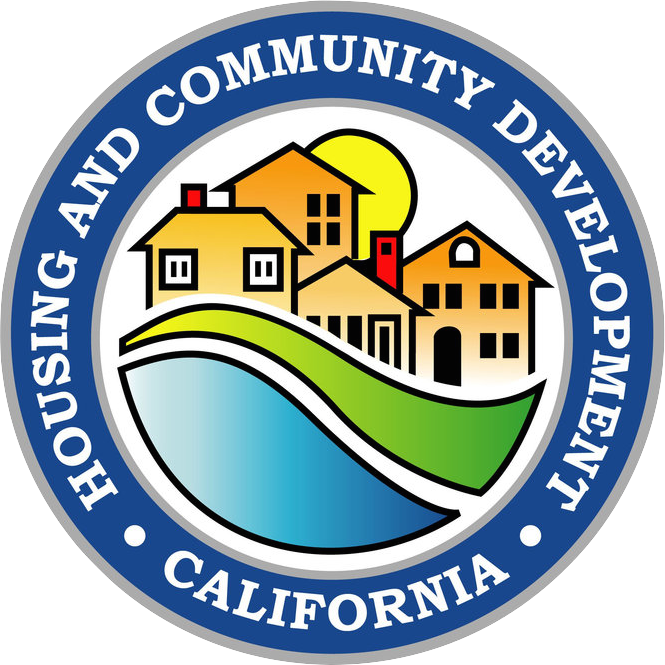More Jurisdictions Submitting Annual Housing Progress Reports But Almost All Falling Far Short of Goals
A record 86 percent of California’s cities and counties have submitted state mandated annual progress reports on housing for 2018, according to the California Department of Housing and Community Development (HCD). But the vast majority are not building enough housing to meet their planning targets.
Due each April, the annual progress reports reflect back on the previous year’s data to show how well jurisdictions are performing in meeting the housing needs within their communities. With the passage of Senate Bill 35 in 2017, cities and counties that don’t turn in annual progress reports are automatically required to provide a streamlined approval process for new housing developments.
“We’re pleased that nearly 90 percent of cities and counties have turned in reports, up from 50 percent just a few years ago,” Said HCD Director Ben Metcalf. “But the numbers show only 16 of California’s 539 jurisdictions, or three percent, are on pace to build enough housing at all income levels to meet their planning targets. And when it comes to lower-income housing, only 29, or about five percent, are meeting their goals.”
Using figures from the annual progress reports, HCD released an updated list showing which California cities and counties are subject to streamlined housing approvals for certain housing projects under Senate Bill 35.
HCD offers an online interactive map that allows users to quickly view detailed data for each jurisdiction, including whether or not the city or county:
- Has an HCD-approved housing plan (“housing element”);
- Is subject to streamlined housing approvals; and
- Has been submitting its annual progress reports.
The map also shows the number of housing permits issued to build homes affordable to people in each income category and how those permits stack up against the city/county's housing need
The following updated documents are available on HCD’s website:
- Streamlined Ministerial Approval Process (SB 35) Statewide Determination Summary — Summary of which jurisdictions are not currently subject to the streamlined ministerial approval process (SB 35 streamlining), which are currently subject to SB 35 streamlining for developments with at least 10 percent affordability, and which are currently subject to SB 35 streamlining for developments with at least 50 percent affordability.
- Streamlined Ministerial Approval Process (SB 35) Determination Methodology and Background Data — Additional detail on the determination methodology and background data.
- Housing Element Implementation Tracker — Shows detailed status of cities' and counties' housing elements, whether cities and counties have zoned enough land for housing, whether they have adequately planned for emergency shelters and housing with supportive services, and whether they have submitted their Annual Progress Reports from 2013-2018.
- 5th Cycle Annual Progress Report Permitting Summary — Shows how well cities and counties are progressing toward meeting their housing goals.
SB 35 (2017) Background
Each region’s housing need is determined every five to eight years through the Regional Housing Needs Allocation (RHNA) process. Once the need is determined, cities and counties must show they have zoned enough land for housing to accommodate families and individuals at all income levels. These plans, known as housing elements, must be submitted to HCD for approval and incorporated into the city’s or county’s general plan. SB 35 looks beyond planning to see if cities/counties are on track to permit sufficient housing to meet their needs. When they have not, they are subject to SB 35’s streamlined approval requirements.
In order for a proposed development to qualify for expedited approval in a city or county that is subject to SB 35 streamlining, it must, among other things:
- Be located on an infill site.
- Follow residential and mixed-use zoning laws.
- Dedicate at least 10 percent of housing units for lower-income residents if the city/county has not made sufficient progress toward their above-moderate income housing need, or at least 50 percent of housing units for lower-income residents if the city/county has not made sufficient progress toward their very-low and low-income housing need.

